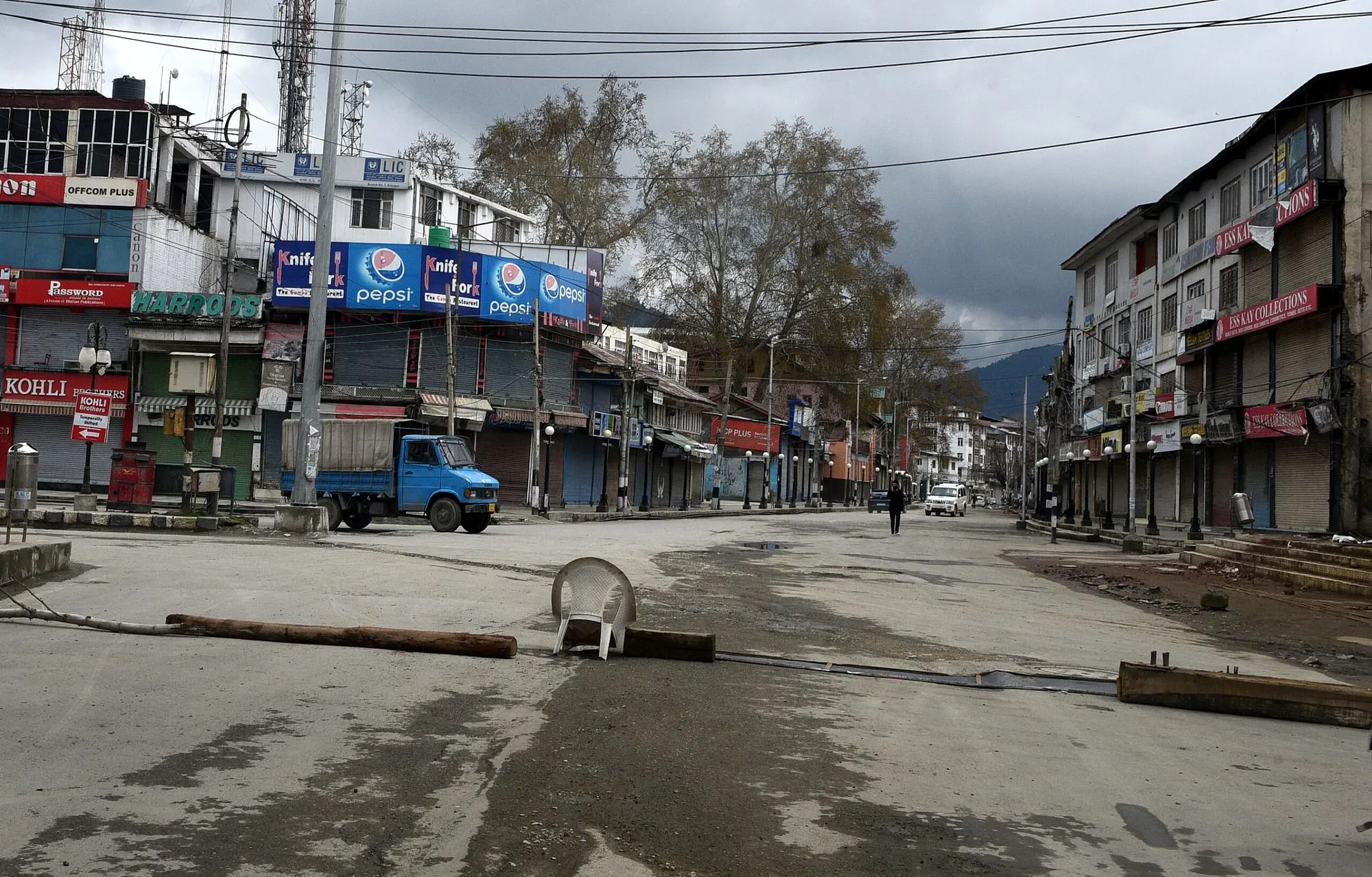With apopulation of approximately 8 million, the valley of Kashmir is witnessing oneof the highest Covid19 infection cases per million souls in entire India.Baring low population outliers like Ladakh (47.45 infections per million) andAndaman & Nicobar (21.43), Jammu Kashmir (UT) as a whole, with a populationof around 13.3 million, has witnessed 4.05 infections per million souls as on31st March 2020 and stands only next to Covid19 hotspots like Kerala (5.72) andNew Delhi (4.74) in this list. And if taken separately, Kashmir division alonewith as many as 43 infected people has a far worse ratio of around 5.38. Although,our comparatively low population and proportionally higher number of tests canbe considered as contributing factors due to which our numbers are a bitinflated, however, we cannot rule out the fact that a delayed response andhalf-baked measures adopted by the administration in early stages, reduced ourchances drastically in containing this lethal contagion.
Divine opportunity-wasted:
On 30th Jan2020, India reported its first Covid19 positive case & JK reported itsfirst case in second week of March in Jammu division. There was still a longgap of over 10 days till 18th of March, 2020, when Kashmir valley announced itsfirst case of Covid19 positive. The national count by then had crossed 150.Administration finally woke up to the crisis by 24th & announced sealing ofthe UT borders with neighboring statesand suspending of all air traffic, but, by then the damage was already done asthe number of infected people had already crossed 8. In other words, did we wastethe momentous opportunity offered by a huge lag of around 47 days since thefirst infection was reported in India?
The original Sin:
It is amatter of fact that the basic assumption which was put in practice, regardingmitigating the risk of entry of Covid19 in Kashmir valley, was absolutelyflawed. It was based on the fact that only those who have an outside Indiatravel history are the ones who need to be identified. Statically speaking, theresults say totally otherwise. In reality, the infected ones with a travelhistory from within India are proving to be much more lethal. The same infectedpeople which our flawed processes allowed to enter the system withoutscreening. To make matters worse, theidentification processes for even the ones with travel history from outsideIndia was very superficial. Scores of anecdotes from those who entered thevalley from outside country will tell you the shoddy means adopted by theadministration while screening the incoming lot. In addition to this, the hugeloopholes kept wide open by the administration were easily exploited by asubstantial number of people using road link and fake identification cards.
Catalyzing the contagion:
The delayedand half-baked approach on quarantine too has been adding to our woes. How wiseis it to quarantine a group of suspected Covid19 candidates together? We don’tknow which apples need to be treated. By putting all our apples together, weare only helping the contagion grow. Probably one of the reasons why we haveincidents of people breaking away from quarantined locations.
Healthcare: Under-capacity and over-exposed
If there isanything that needs to be learnt from the experience of brutally affected Italyand Iran, it is the costly mistake of ignoring the safety of doctors andparamedics. Our health infrastructure is primitive, but this pandemic isultra-lethal. The least that this administration can do, & is not doing ata scale that it deserves, is to ensure that doctors and paramedics are suppliedwith sufficient protective gear and security support. Adding to the miseries,Kashmir valley’s doctor-patient ratio is one of the poorest in India. Comparedto a national average of 0.60 doctors to 1000 patients, Kashmir has a dismalratio of only 0.26 doctors per 1000 of population or in other wordsapproximately 1 doctor per 4000 people. Same is true for our paramedical staff.Factor to it the paucity of critical health care equipment like ventilators andoxygen concentrators, one will have an idea as to why containment throughsocial distancing is the deterrent of last resort, not the expected treatmentin an under capacity & over exposed hospital.
The bright spots:
Despitedelayed responses, flawed policy assumptions, shoddy quarantine processes and ahumble healthcare system, there are many bright spots & well plannedtactics adopted by JK administration that deserve to be appreciated. Forexample the effectiveness of ensuring a tight lockdown, swift identificationand isolation of the infected (including over 11500 immediate & secondlayer contacts) & catching the runaways, needs to be applauded. Given thecomfortable security personal to population ratio in the valley, the state ofart surveillance system and individual profiling at a granular level, this issomething where JK administration in nothing less than a gold standard inIndia. Besides this, the decision to deliver ration and other essentials atdoorstep too needs to be appreciated. However, the implementation has beenpatchy and hopefully will gain momentum with time.
Globalexperience has shown that the only nations who were successful to contain thiscontagion have adopted a two pronged approach. The first leg lies with theadministration, where they have to ensure rapid capacity building of healthinfra, safe & comfortable isolation of the infected, safety of doctors andparamedics and availability and delivery of provisions to the people underlockdown. The other leg of the solution, which has far more importance than thefirst, belongs to the people. It demands people to report voluntarily, stickreligiously with social distancing and comply with essential anti contagionadvisories. Let us pray that the storm of this deadly contagion leaves us withminimum fatalities and let’s hope this pandemic also acts as a trigger for theadministration for improving its capacity to respond better to suchcatastrophes in future.






